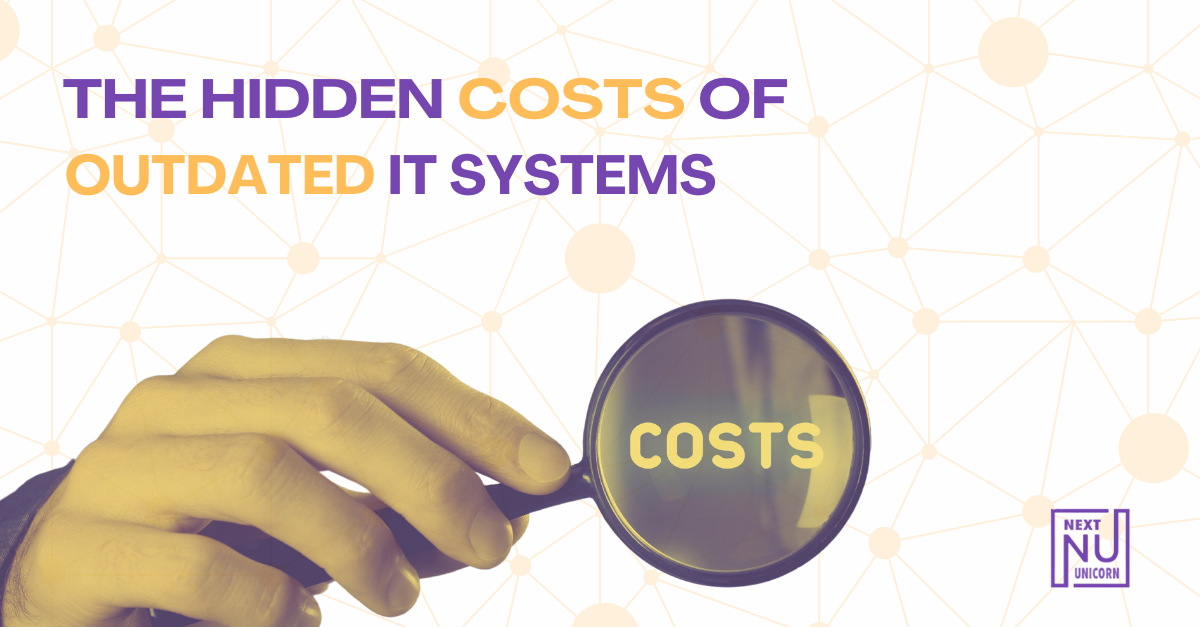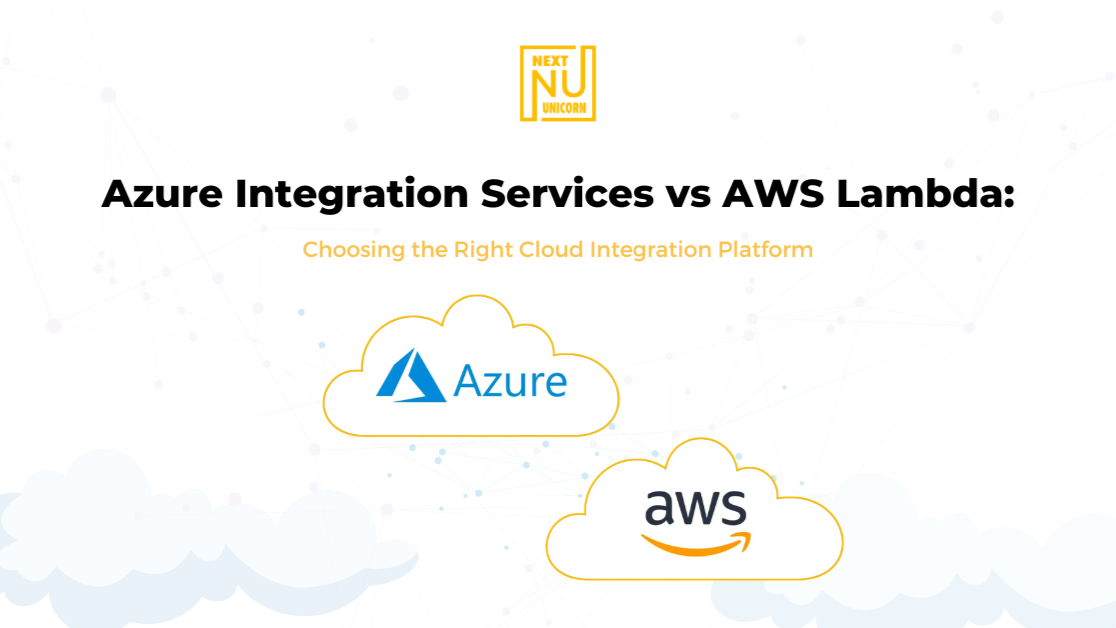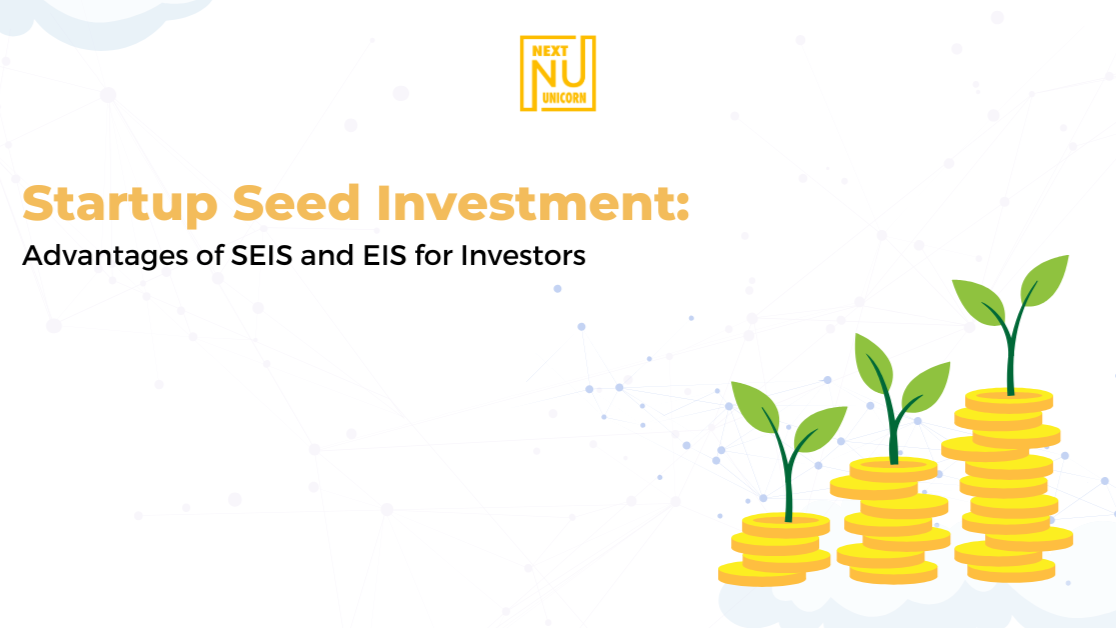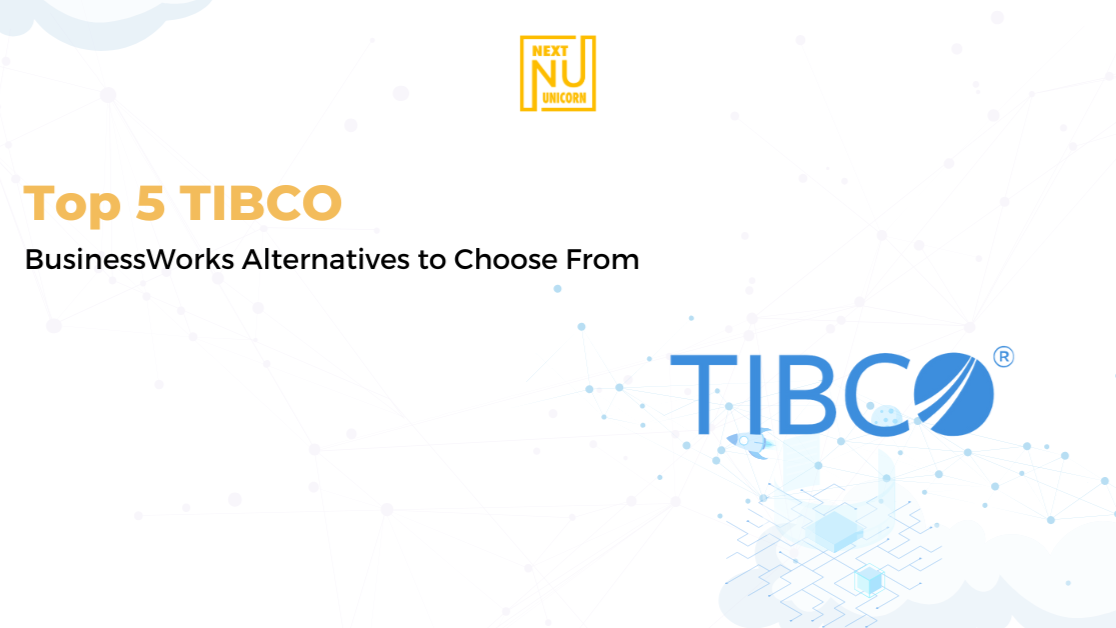The Role of Middleware in Enabling Digital Transformation Across Industries
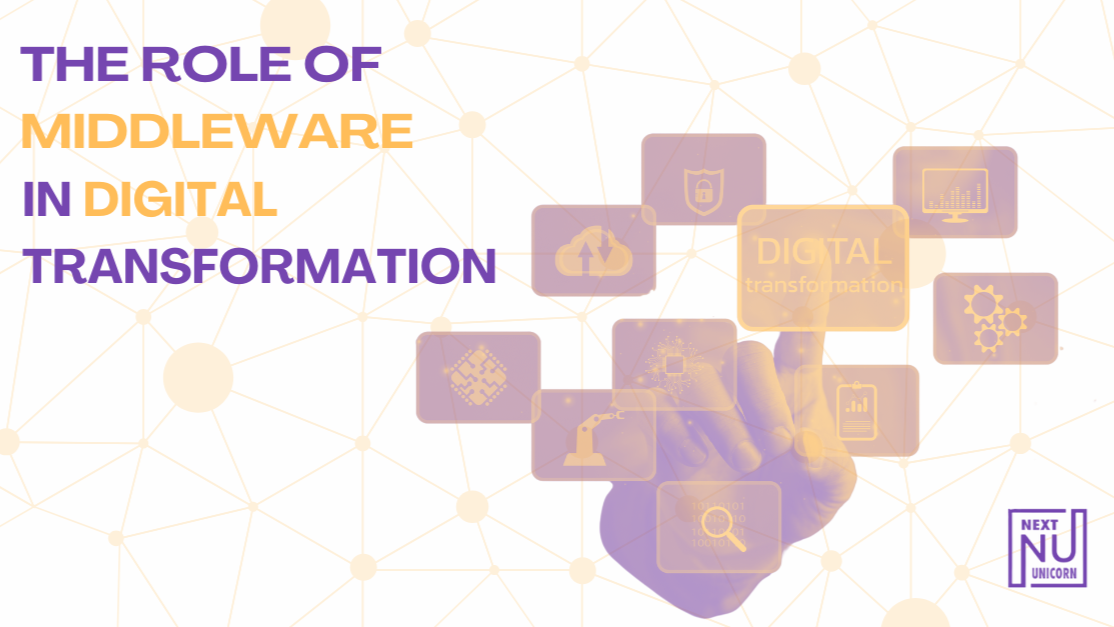
For many businesses, outdated systems are holding them back. New software and cloud-based platforms promise better efficiency, but without the right connections, companies end up with disconnected systems, manual workarounds, and data silos. The result? Inefficiencies, security risks, and slow decision-making.
Middleware is the missing link. It connects applications, automates workflows, and centralises data – helping businesses modernise without major disruptions. Whether it’s improving system compatibility, ensuring smooth cloud adoption, or enhancing security, middleware plays a key role in keeping businesses agile and scalable.
Why Middleware is Essential for Digital Transformation
Many companies rely on multiple platforms, but when these systems don’t communicate properly, processes break down. Manual data transfers, delays, and security gaps start to pile up, slowing down operations and limiting growth.
Middleware fixes this problem by creating seamless communication between systems. It removes bottlenecks, reduces reliance on manual work, and makes it easier to scale.
The Business Impact of Middleware:
✅ Cuts inefficiencies by eliminating duplicate data entry and automating processes.
✅ Supports business growth by integrating new tools without overhauling existing infrastructure.
✅ Improves security and compliance by enforcing policies across connected systems.
✅ Enhances customer experiences with real-time data sharing and smoother interactions.
Middleware isn’t just an IT upgrade – it’s a fundamental enabler of efficiency and business scalability.
Middleware in Action: Solving Industry-Specific Challenges
Different industries face unique challenges when it comes to integrating their IT systems. Without seamless communication between platforms, inefficiencies, security gaps, and slow processes become unavoidable. Middleware solves these challenges by bridging the gaps between systems, ensuring automation, better data flow, and smoother operations. Here’s how it helps across key industries:
Financial Services: Simplifying Compliance & Risk Management
Banks, payment providers, and insurers manage huge amounts of data across multiple platforms. When these systems don’t sync properly, compliance reporting and fraud detection become slow and error-prone.
Middleware connects banking applications, compliance tools, and data warehouses, allowing real-time fraud monitoring, automated reporting, and better regulatory oversight. This reduces risks, cuts manual processing times, and strengthens security.
Healthcare: Creating a Connected Patient Experience
Hospitals and healthcare providers juggle electronic health records (EHRs), billing platforms, lab results, and patient portals. When these systems don’t communicate, patient care suffers.
Middleware enables secure, real-time data sharing between EHRs, diagnostic tools, and hospital management systems. This means faster access to patient records, less duplication of tests, and improved care coordination – all while staying compliant with GDPR and HIPAA regulations.
Retail & E-commerce: Unifying Customer Journeys
Retailers operate across physical stores, websites, mobile apps, and marketplaces – but disconnected systems create inventory issues, pricing inconsistencies, and poor customer experiences.
Middleware syncs inventory, sales, and customer data in real time, ensuring that orders process smoothly, stock levels update accurately, and promotions remain consistent. This leads to fewer errors, faster checkouts, and better customer satisfaction.
Manufacturing & Supply Chain: Enhancing Automation & Visibility
Many manufacturers still rely on legacy ERP systems that don’t integrate well with modern supply chain software, IoT devices, or logistics platforms. This leads to delays, inventory shortages, and missed deadlines.
By integrating ERP with IoT sensors and logistics management tools, middleware allows real-time production tracking, predictive maintenance alerts, and automated procurement. This means faster response times, lower costs, and greater supply chain efficiency.
Tech Startups: Scaling Without System Overload
Startups grow fast – but rapid scaling can lead to disjointed SaaS tools, data silos, and inefficiencies. Without integration, teams waste time switching between platforms and data gets lost between disconnected systems.
Middleware creates a centralised hub for cloud applications, DevOps tools, and collaboration platforms. This ensures faster workflows, stronger automation, and reduced operational friction. Startups can innovate without IT bottlenecks slowing them down.
Building a Future-Proof IT Strategy with Middleware
Middleware isn’t just about fixing today’s issues – it’s about creating an IT foundation that supports long-term innovation. Businesses that embrace integration-driven strategies can reduce complexity, improve efficiency, and ensure their systems can scale.
How to Make the Most of Middleware:
- Identify where inefficiencies exist – What manual processes slow you down? Where does data get lost?
- Select scalable solutions – Avoid short-term fixes and choose middleware that adapts as your business grows.
- Plan a phased rollout – Avoid major disruptions by integrating in stages, testing each step before full deployment.
A strong integration strategy reduces IT costs, improves security, and keeps businesses agile.
Making Middleware Work for Your Business
If disconnected systems, slow manual processes, or security gaps are holding your company back, it’s time to rethink your IT approach. Middleware isn’t just a patchwork fix – it’s a long-term strategy for improving efficiency, reducing risks, and scaling with confidence.
By taking a structured, integration-first approach, businesses can modernise without costly IT overhauls. The key is understanding your current tech stack, identifying gaps, and using middleware to bridge them effectively.


